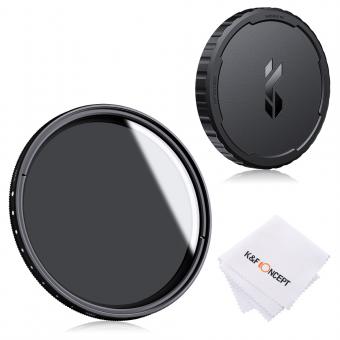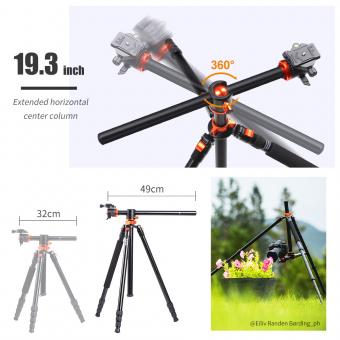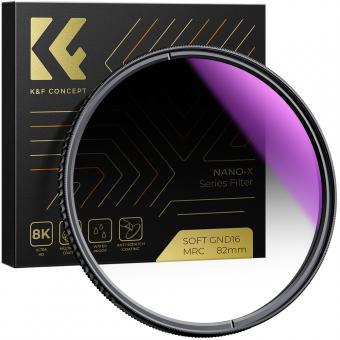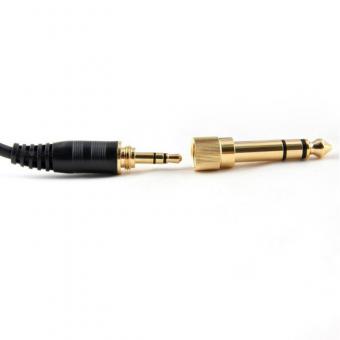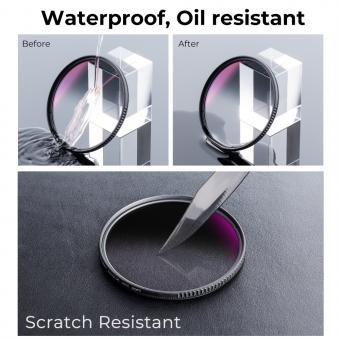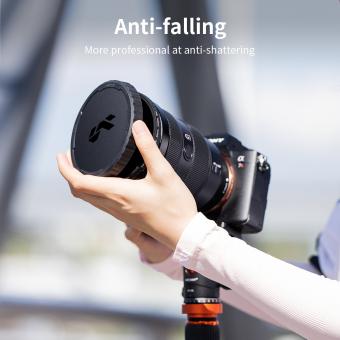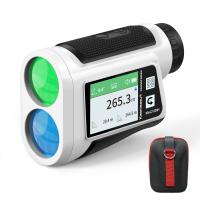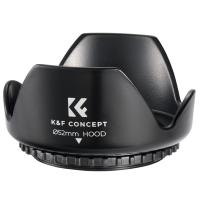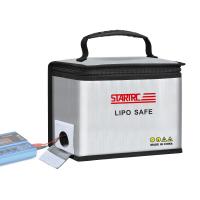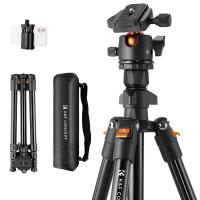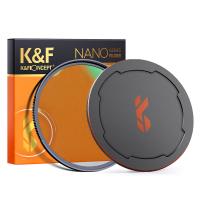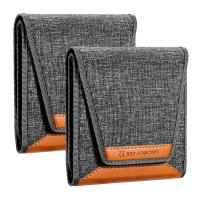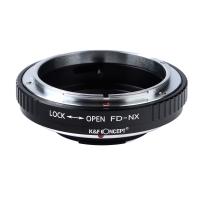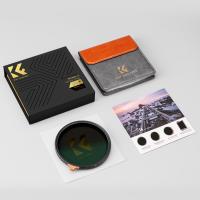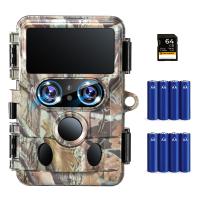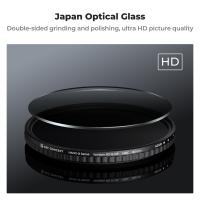Which Nd Grad Filter To Buy ?
The choice of ND grad filter depends on the specific needs of the photographer. Some factors to consider include the strength of the filter (measured in stops), the size of the filter (to fit the lens), and the type of filter (hard or soft edge). It is recommended to research and compare different brands and models before making a purchase.
1、 Types of ND filters
Types of ND filters include fixed ND filters, variable ND filters, and graduated ND filters. Fixed ND filters have a set amount of light reduction, while variable ND filters allow for adjustable light reduction. Graduated ND filters have a gradient of light reduction, with one end being more opaque than the other.
When it comes to choosing which ND grad filter to buy, it depends on the specific needs of the photographer. Graduated ND filters are useful for landscape photography, where the sky may be much brighter than the foreground. By using a graduated ND filter, the photographer can balance the exposure between the sky and foreground, resulting in a more evenly exposed image.
In recent years, there has been a trend towards using digital post-processing techniques to achieve similar effects to those achieved with ND filters. However, many photographers still prefer to use physical filters, as they can provide more precise control over the exposure and can be quicker to use in the field.
Ultimately, the choice of which ND grad filter to buy will depend on the photographer's specific needs and preferences. It's important to consider factors such as the amount of light reduction needed, the type of photography being done, and the quality of the filter itself.
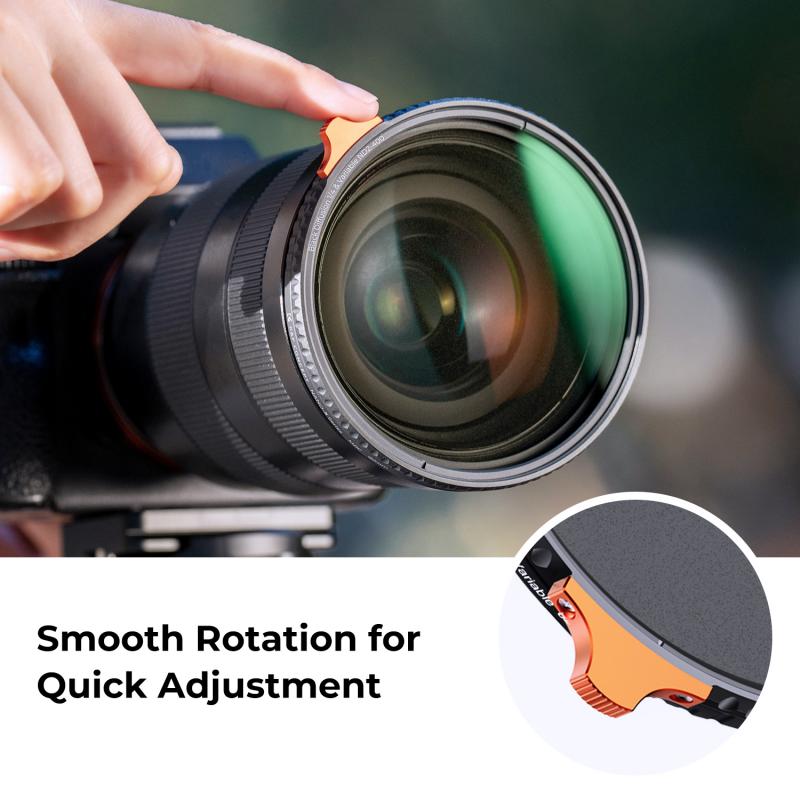
2、 Strength of ND filters
Which ND grad filter to buy ultimately depends on your specific needs and preferences. ND grad filters come in different strengths, typically ranging from 1-stop to 4-stops. The strength of the filter you choose will depend on the amount of light you need to reduce in your scene. For example, if you are shooting a landscape with a bright sky and darker foreground, you may want to use a 2-stop or 3-stop ND grad filter to balance the exposure.
It's important to note that the strength of the filter is not the only factor to consider. The quality of the filter is also important, as cheaper filters may introduce color casts or reduce image sharpness. It's worth investing in a high-quality filter from a reputable brand to ensure the best results.
In terms of the latest point of view, there has been a trend towards using stronger ND grad filters, such as 4-stop or even 6-stop filters, to achieve more dramatic effects in landscape photography. However, it's important to use these filters judiciously and not overdo it, as the resulting images can look unnatural. Ultimately, the choice of ND grad filter strength should be based on your creative vision and the specific requirements of the scene you are shooting.
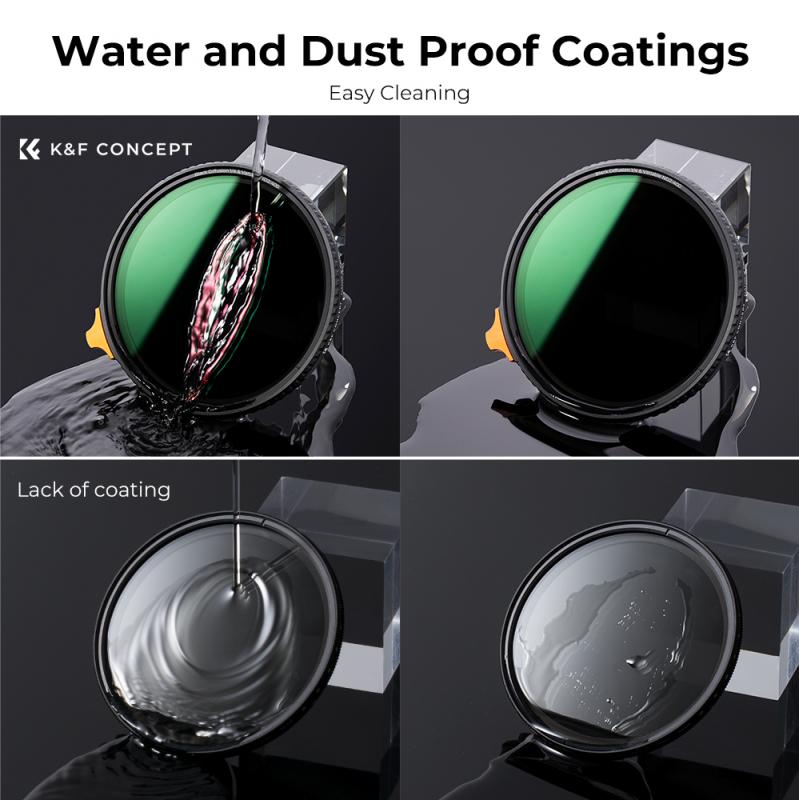
3、 Size and compatibility of ND filters
Size and compatibility of ND filters are important factors to consider when buying an ND filter. ND filters come in different sizes, ranging from 49mm to 82mm, and it is important to choose the right size for your lens. You can check the size of your lens by looking at the front of the lens or checking the lens manual. It is also important to consider the compatibility of the ND filter with your camera brand and model. Some ND filters may not be compatible with certain cameras or lenses, so it is important to do your research before making a purchase.
When it comes to choosing the right ND grad filter to buy, it depends on your specific needs and preferences. ND grad filters come in different strengths, ranging from 1-stop to 4-stops, and different types, such as soft-edge, hard-edge, and reverse. Soft-edge ND grad filters are ideal for landscapes with a gradual transition between the bright sky and darker foreground, while hard-edge ND grad filters are better suited for scenes with a clear horizon line. Reverse ND grad filters are designed for sunrise and sunset shots, where the brightest part of the scene is at the horizon.
The latest point of view is that ND filters are essential for landscape and outdoor photography, as they allow you to control the exposure and capture stunning images with balanced lighting. It is important to invest in high-quality ND filters from reputable brands, as cheap filters may affect the image quality and cause color casts or vignetting. Overall, choosing the right ND grad filter depends on your shooting style, the lighting conditions, and the scene you want to capture.
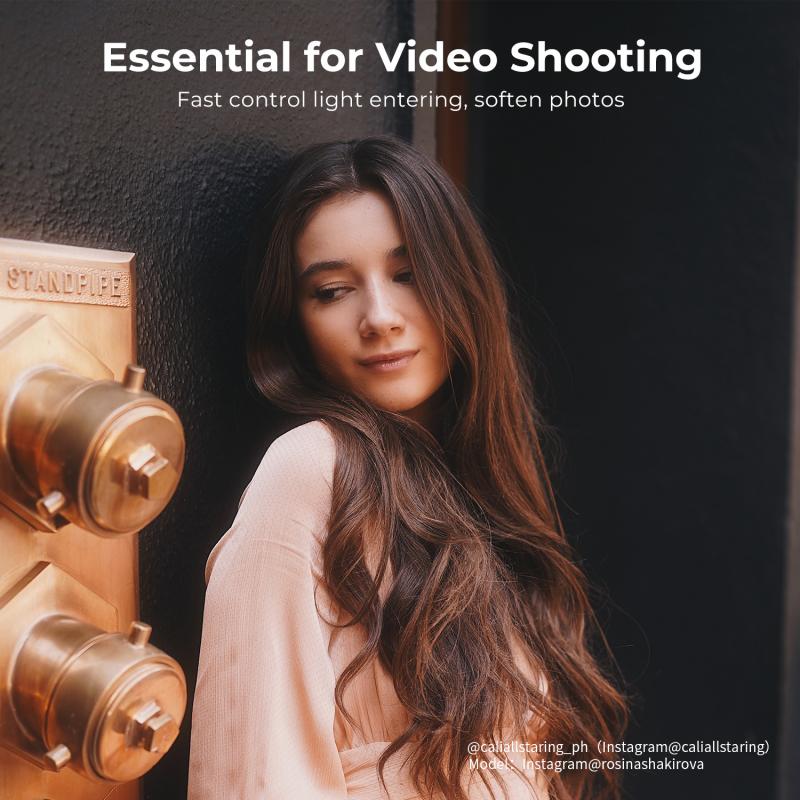
4、 Material and quality of ND filters
Material and quality of ND filters are two important factors to consider when purchasing an ND filter. ND filters are typically made of glass or resin, with glass being the higher quality option due to its durability and resistance to scratches. However, resin filters are often more affordable and lighter in weight, making them a popular choice for photographers on a budget or those who need to travel light.
When it comes to quality, it's important to look for ND filters that are multi-coated to reduce reflections and improve image clarity. High-quality ND filters should also have a neutral color cast, meaning they don't add any unwanted color to your images. Cheaper filters may have a color cast that can be difficult to correct in post-processing.
In terms of the latest point of view, there has been a rise in popularity of variable ND filters, which allow you to adjust the strength of the filter by rotating the front element. These filters are convenient for photographers who need to quickly adjust their exposure without changing filters. However, it's important to note that variable ND filters can sometimes produce a crosshatch pattern or color cast at extreme settings, so it's important to invest in a high-quality variable ND filter if you choose to go this route.
Overall, when deciding which ND filter to buy, it's important to consider both the material and quality of the filter to ensure you get the best results for your photography.



